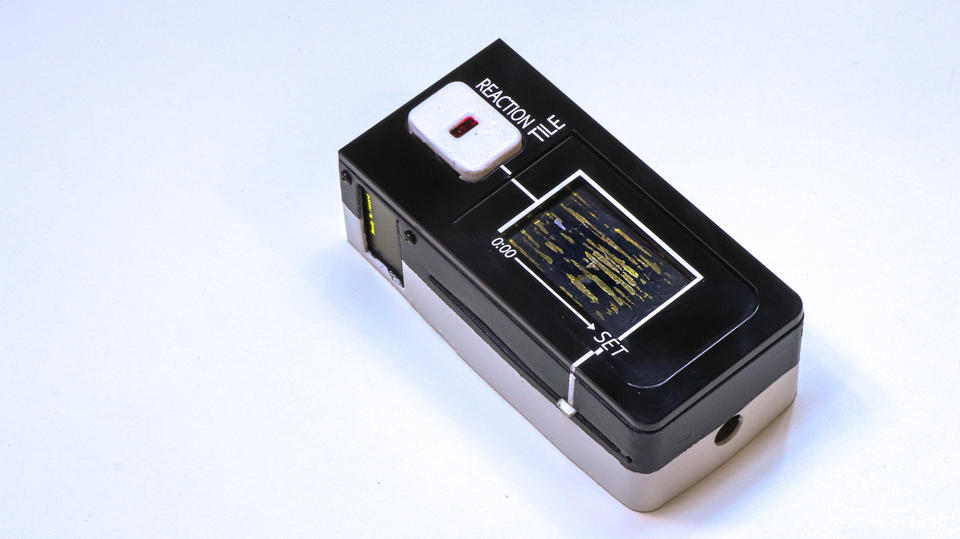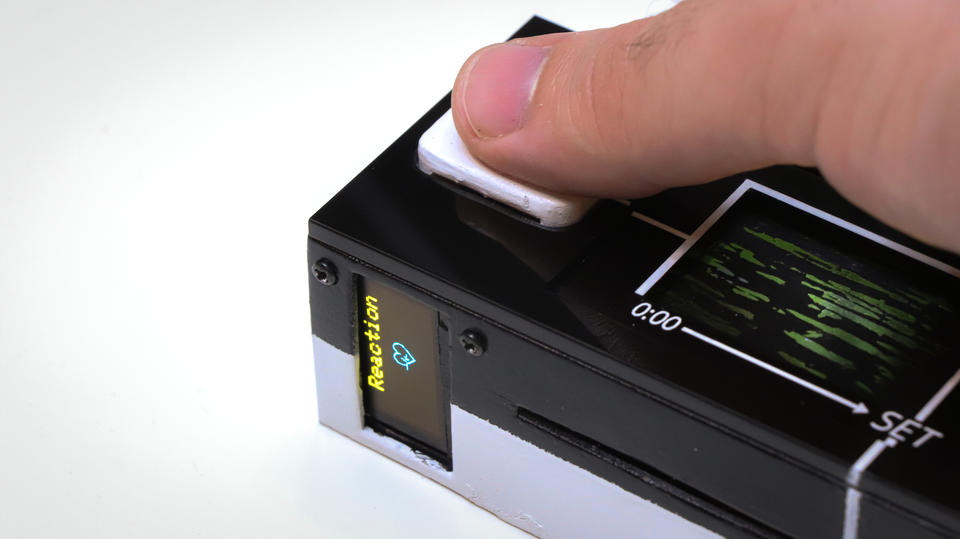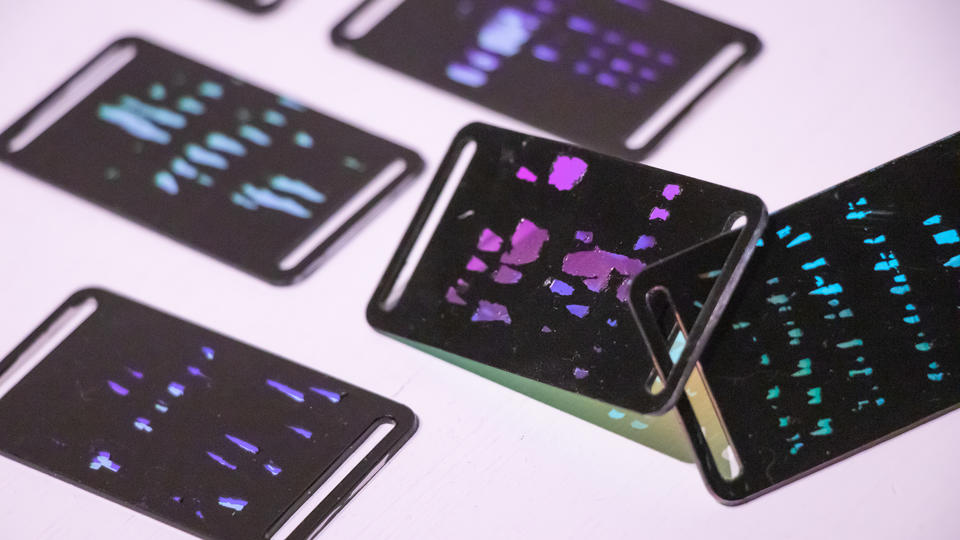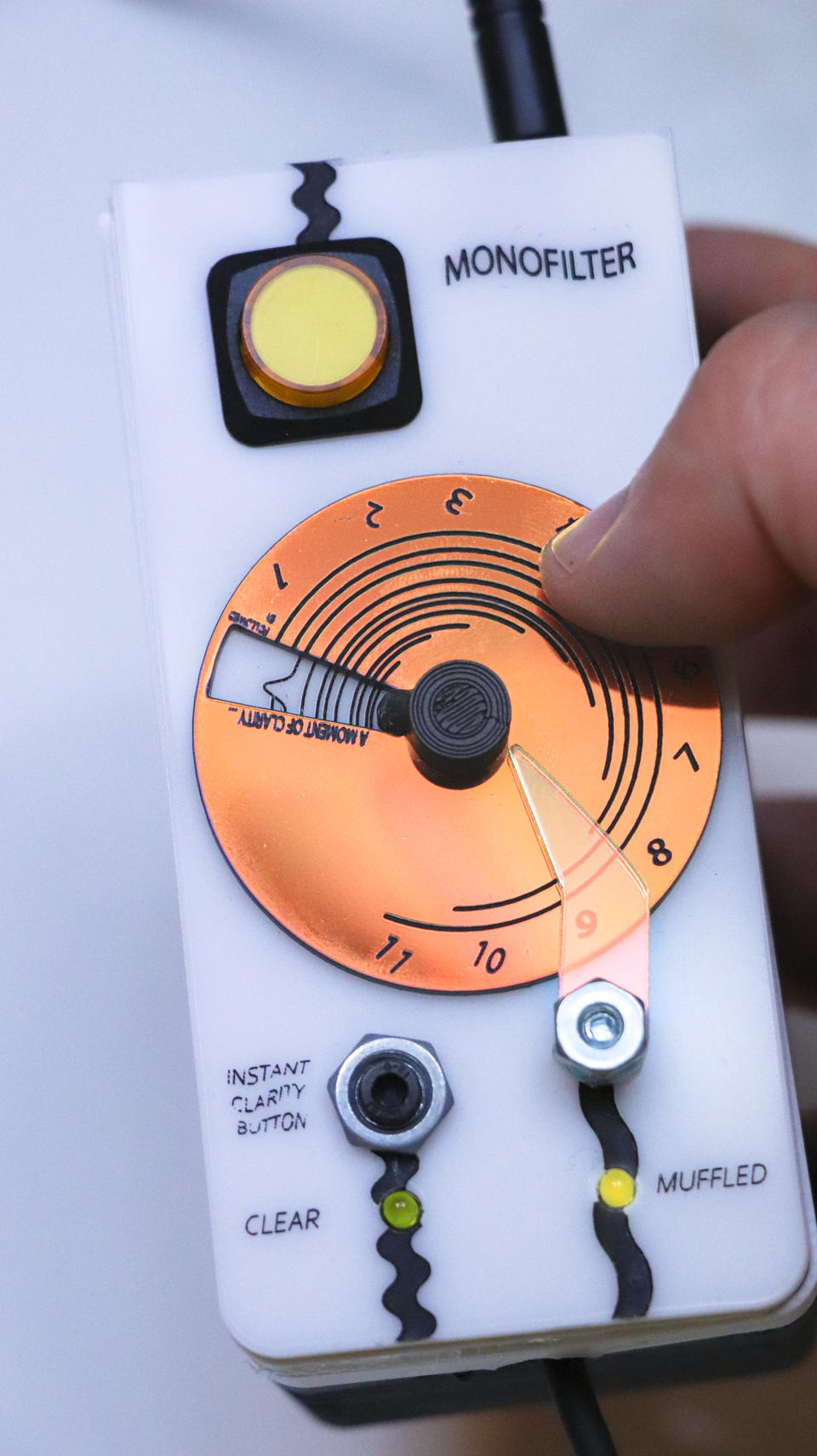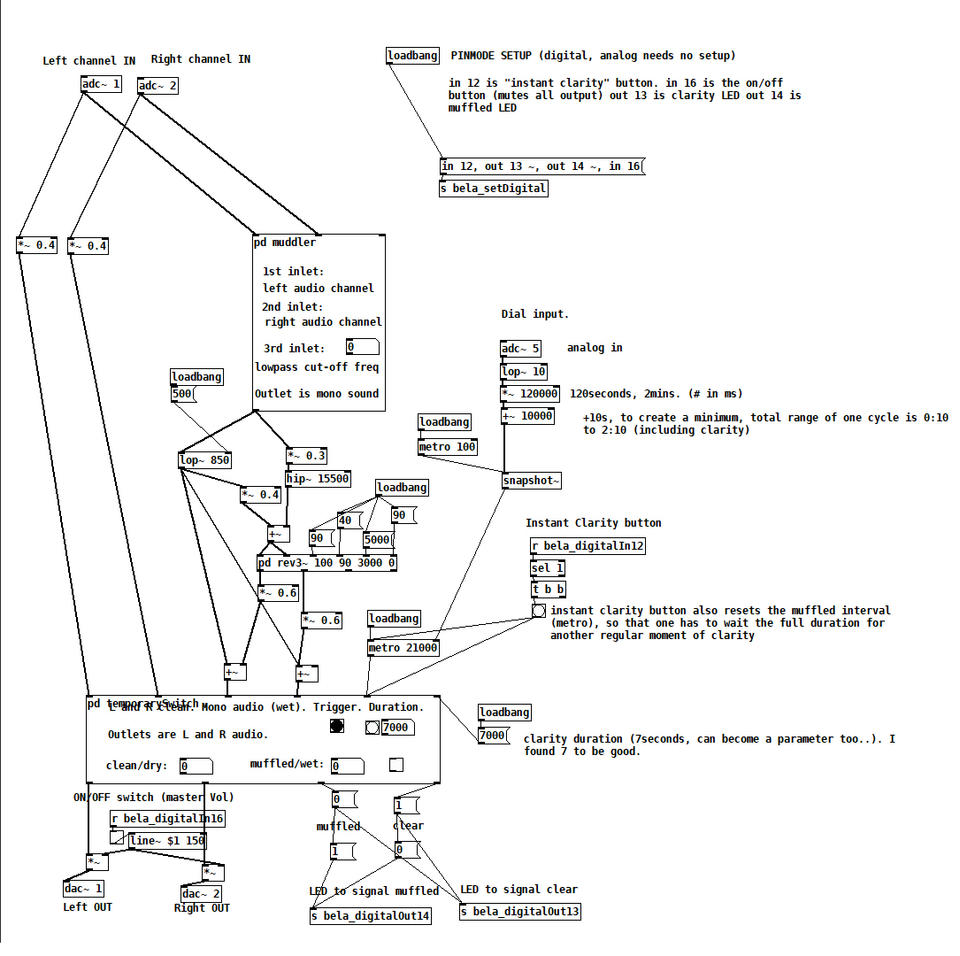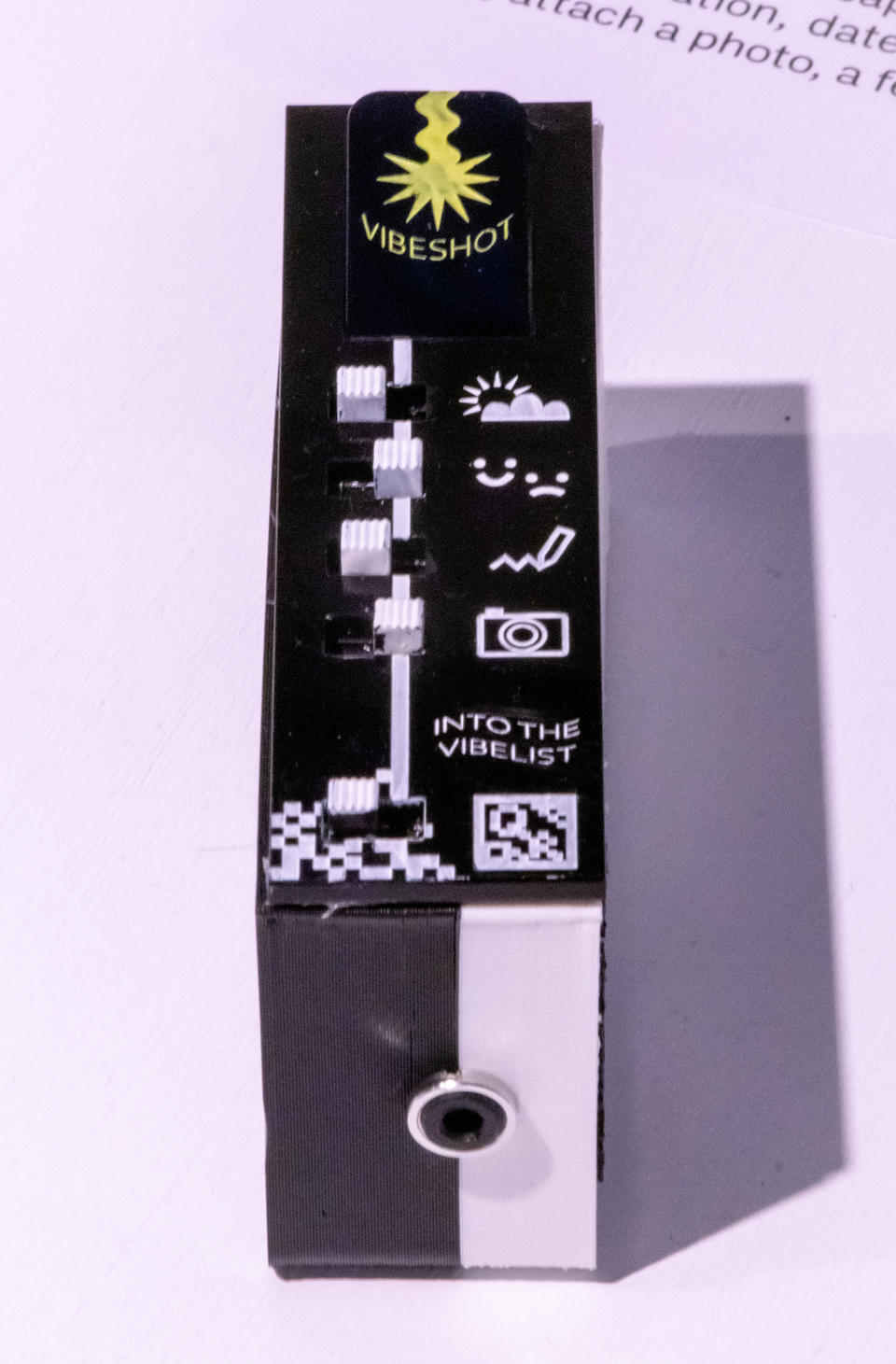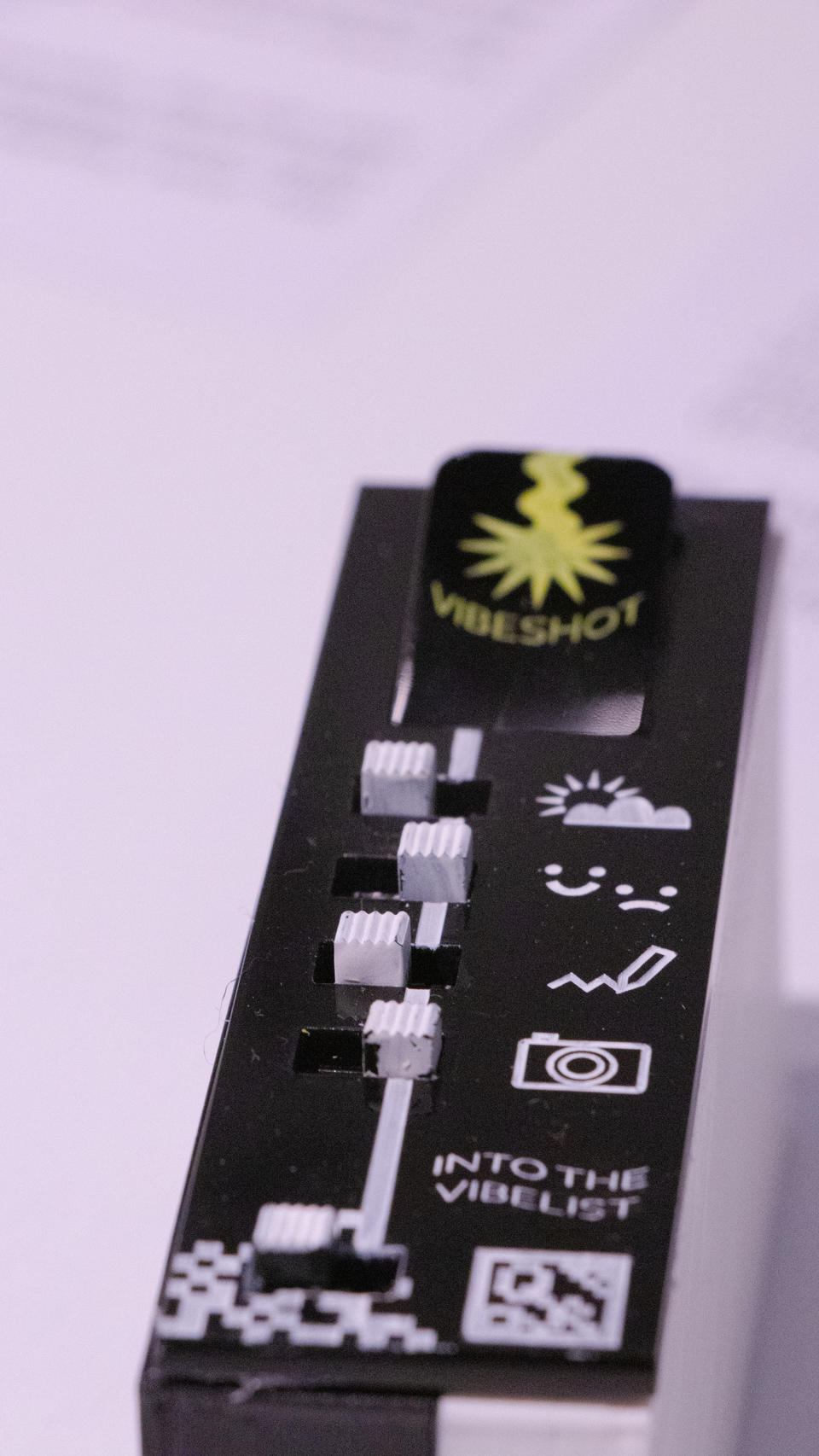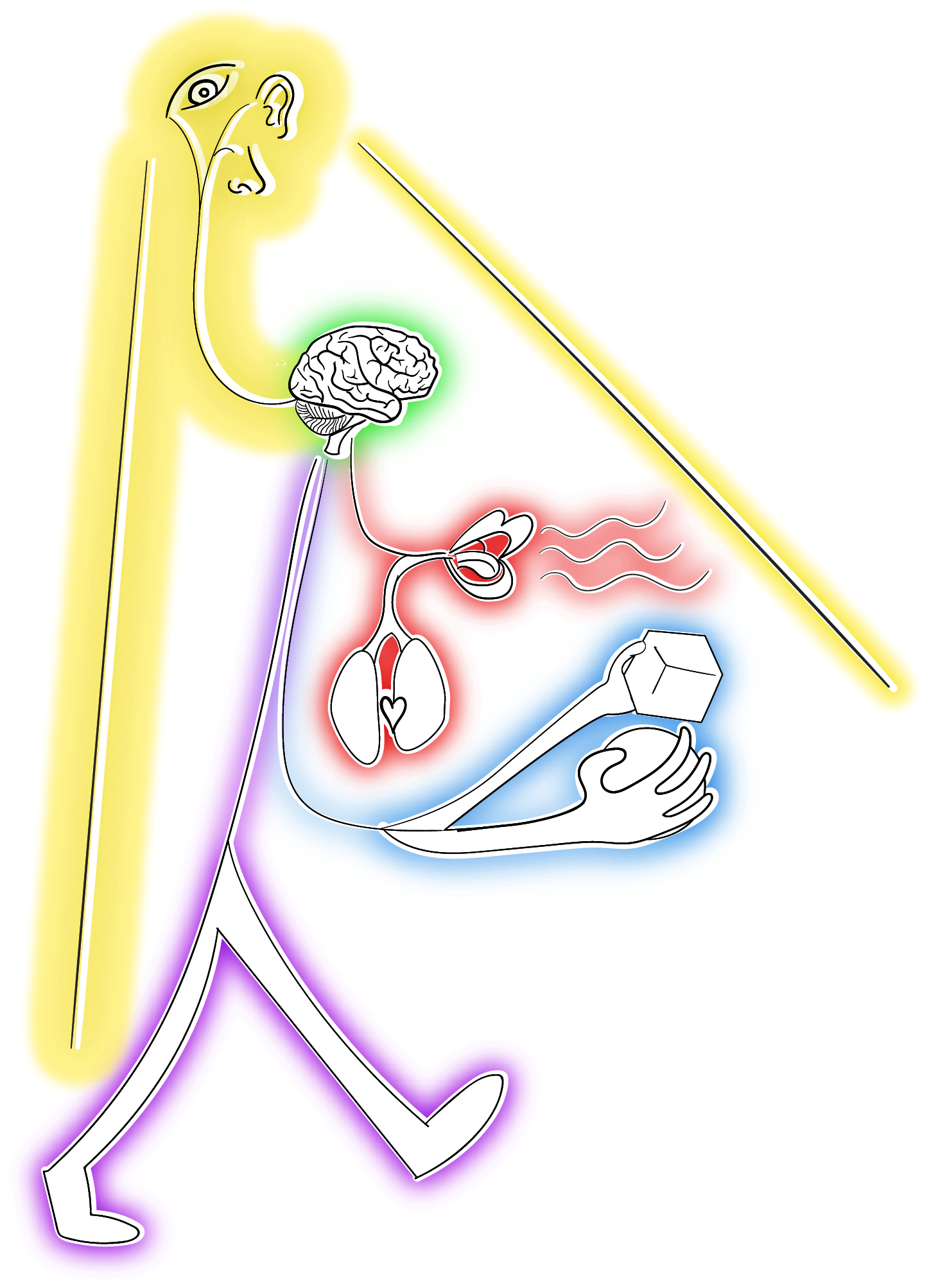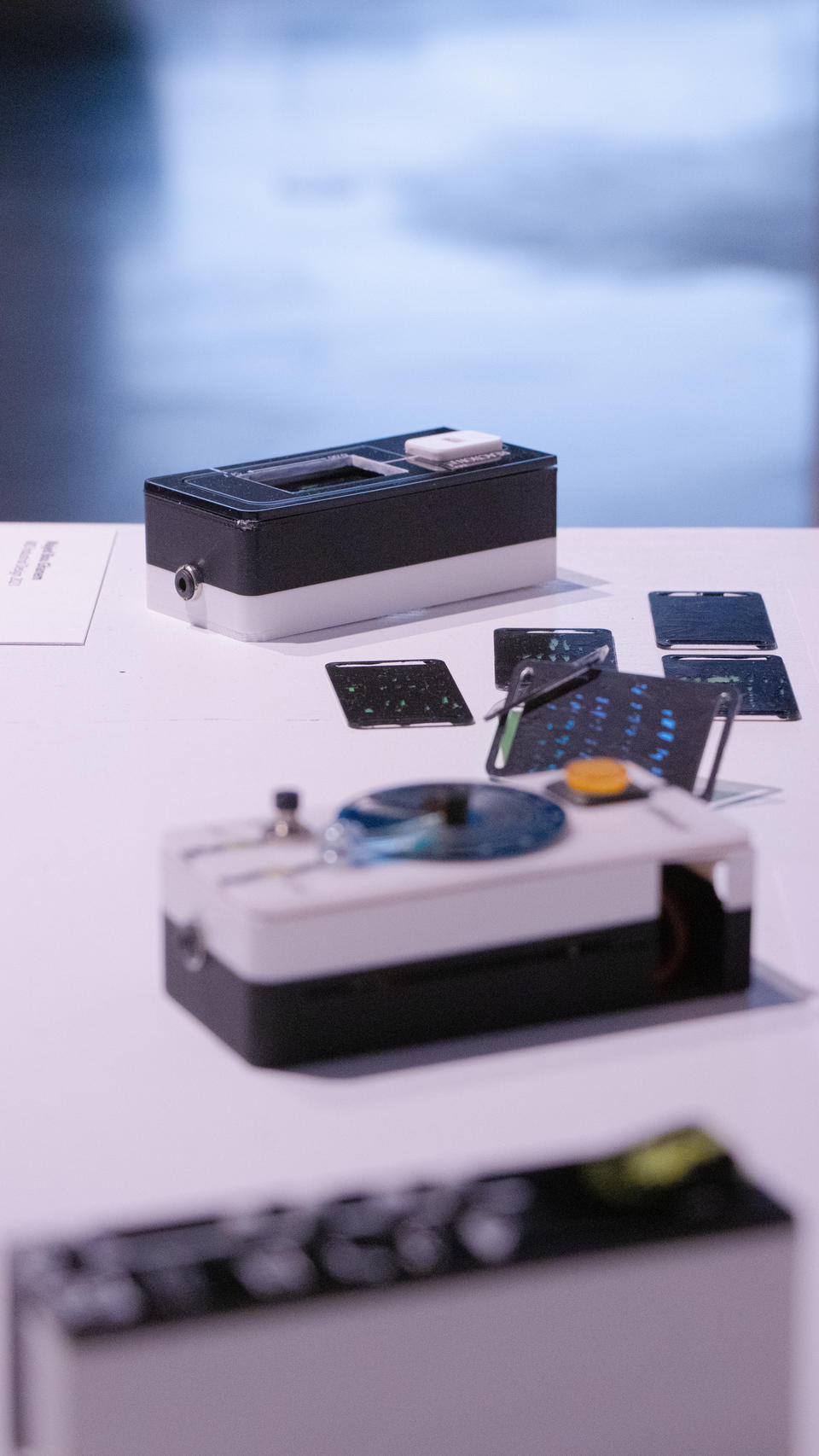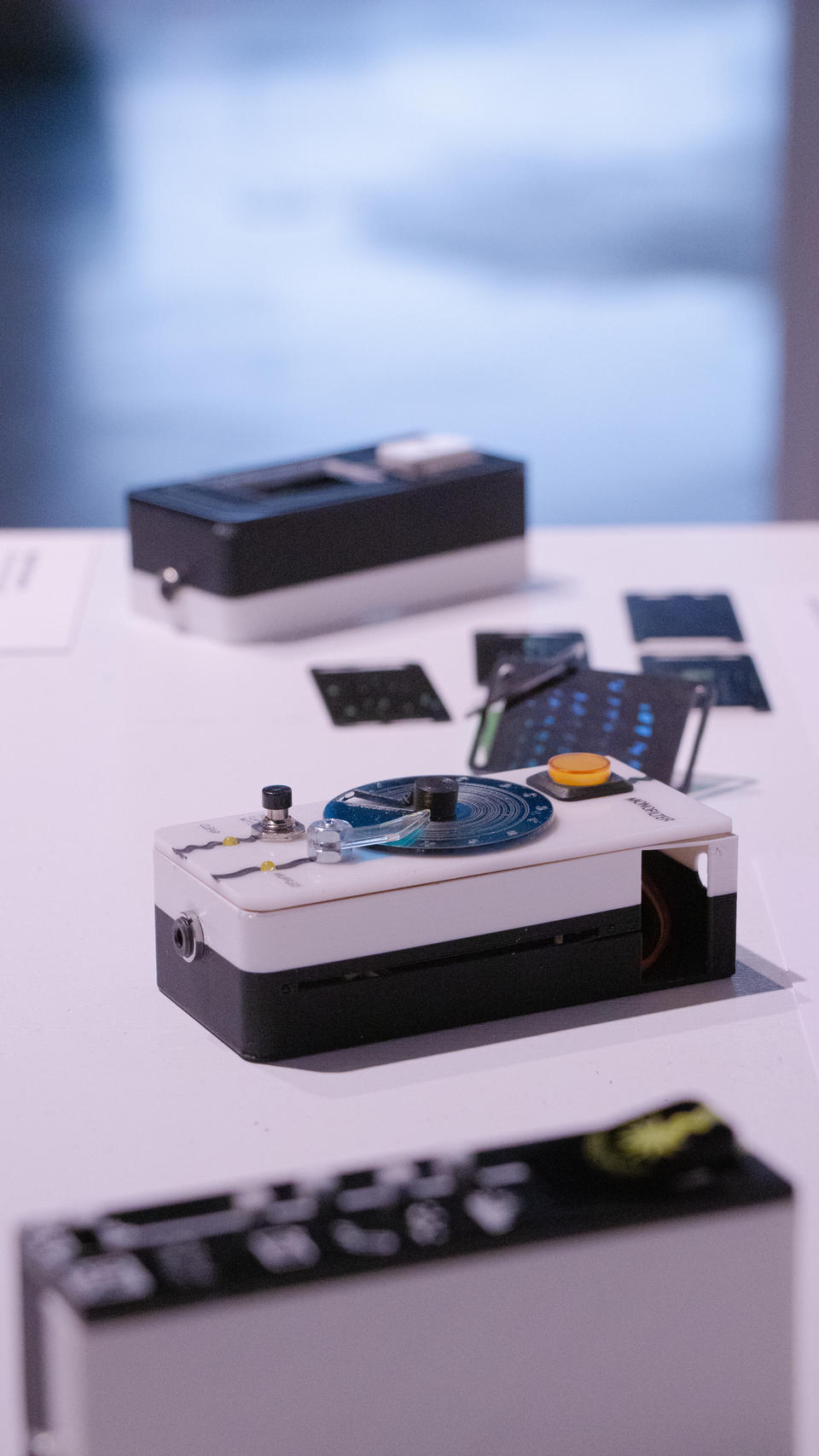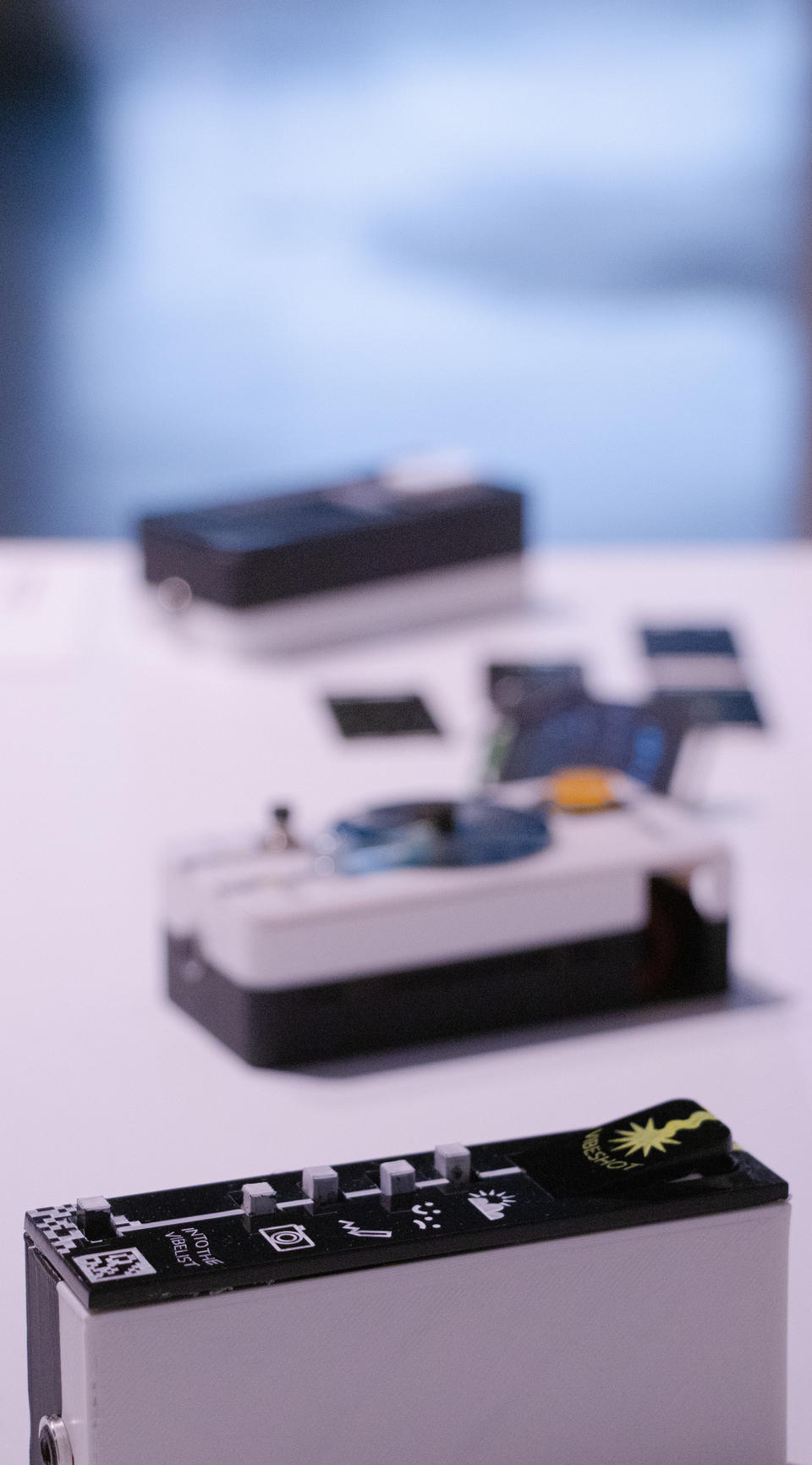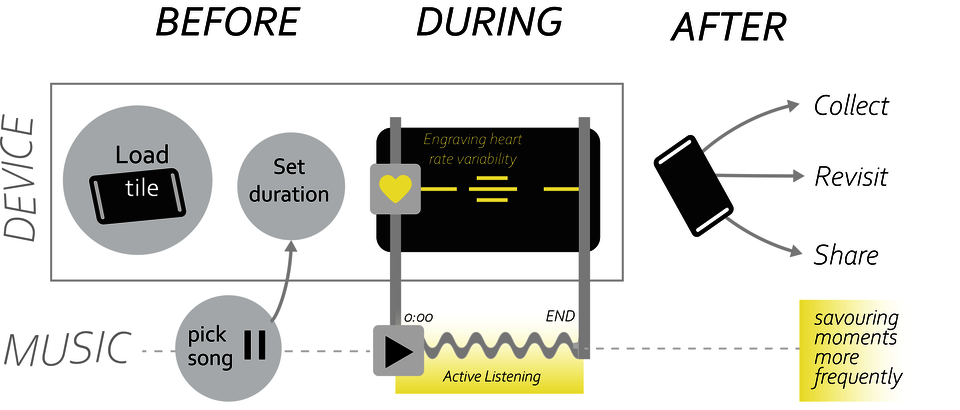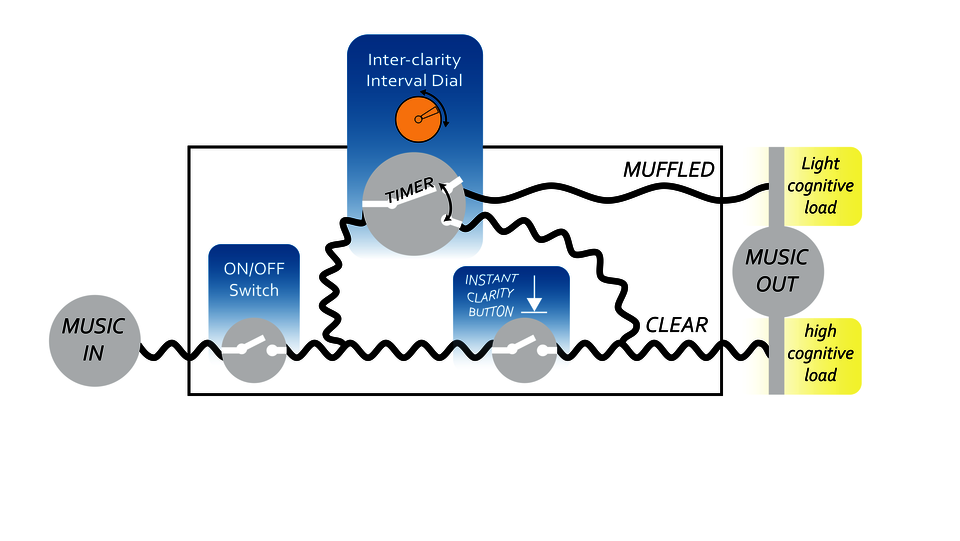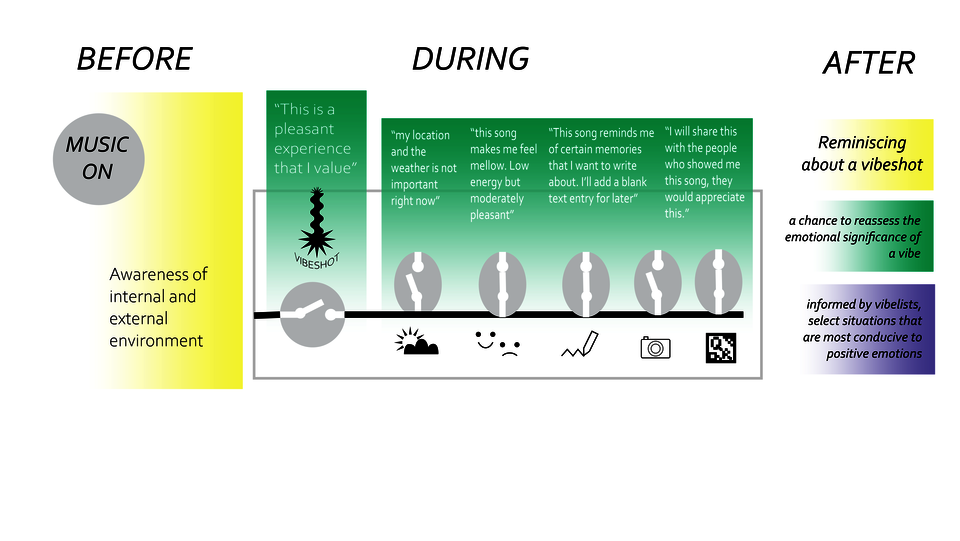ABSTRACT
Design has gotten good at delighting and stimulating us in the short term. Could we design products that are good for us in the long run?
In this project, I looked at positive psychology for concepts to develop into features of products and use music listening as a vehicle for integrating them. I propose three music-listening features that help exercise and cultivate emotional regulation strategies:
1_The Reaction Tile
2_The Monofilter
3_The Vibelist
Each feature represents one or multiple strategies from the Process Model of Emotional Regulation.
Image
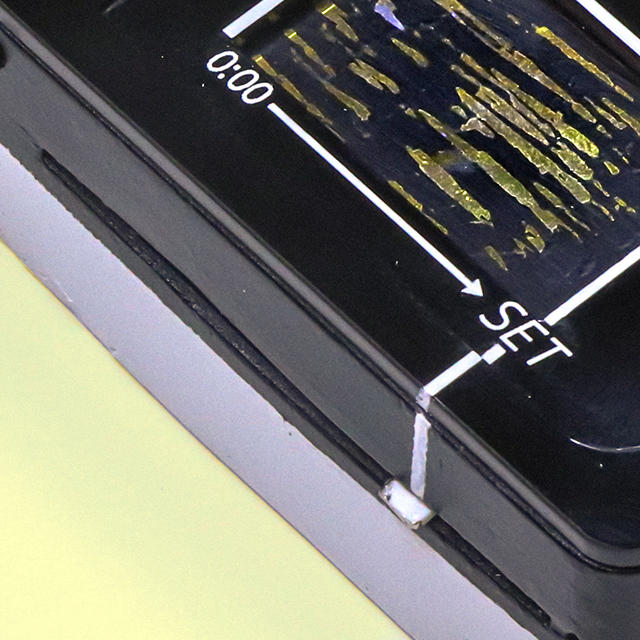
Mindful Engagement
Image
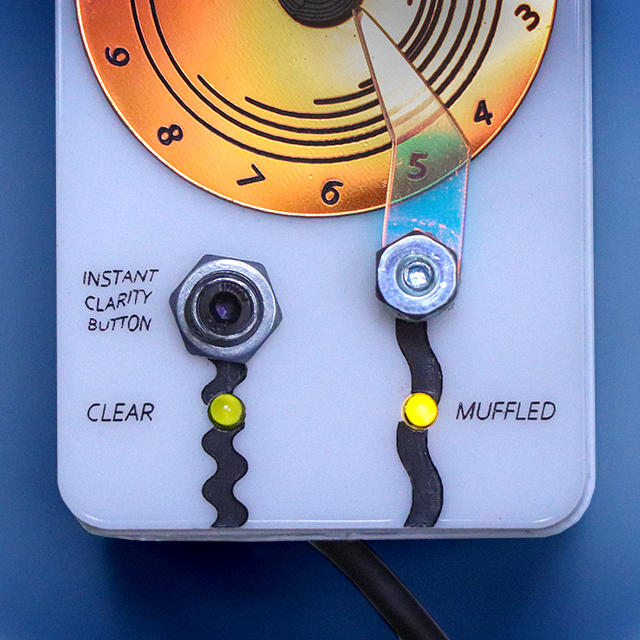
Tuning Stimuli
Image
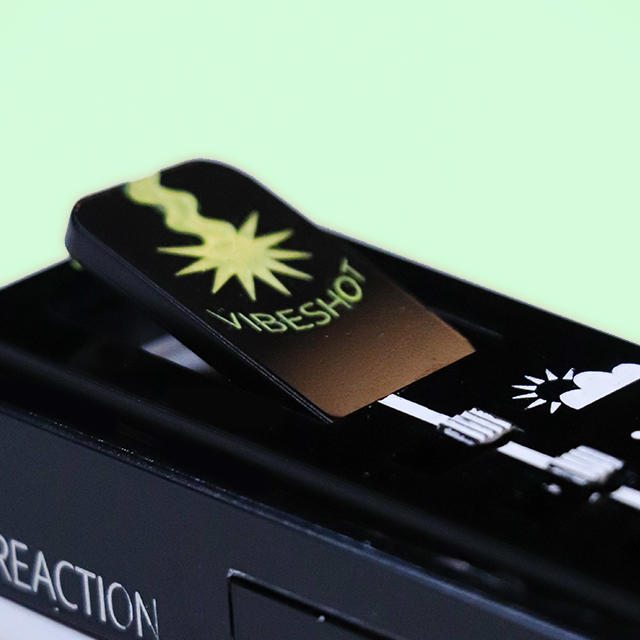
Curating Memories
Where do we start...
Image

The page starts with the objects and outcomes,
then moves into the researched concepts and theory.
If you prefer the other way around,
start from the very bottom (of the page)
and scroll up
Image
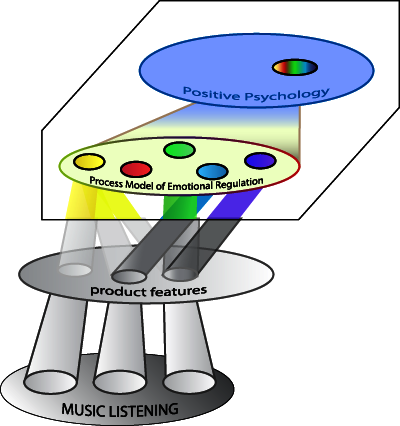
Image
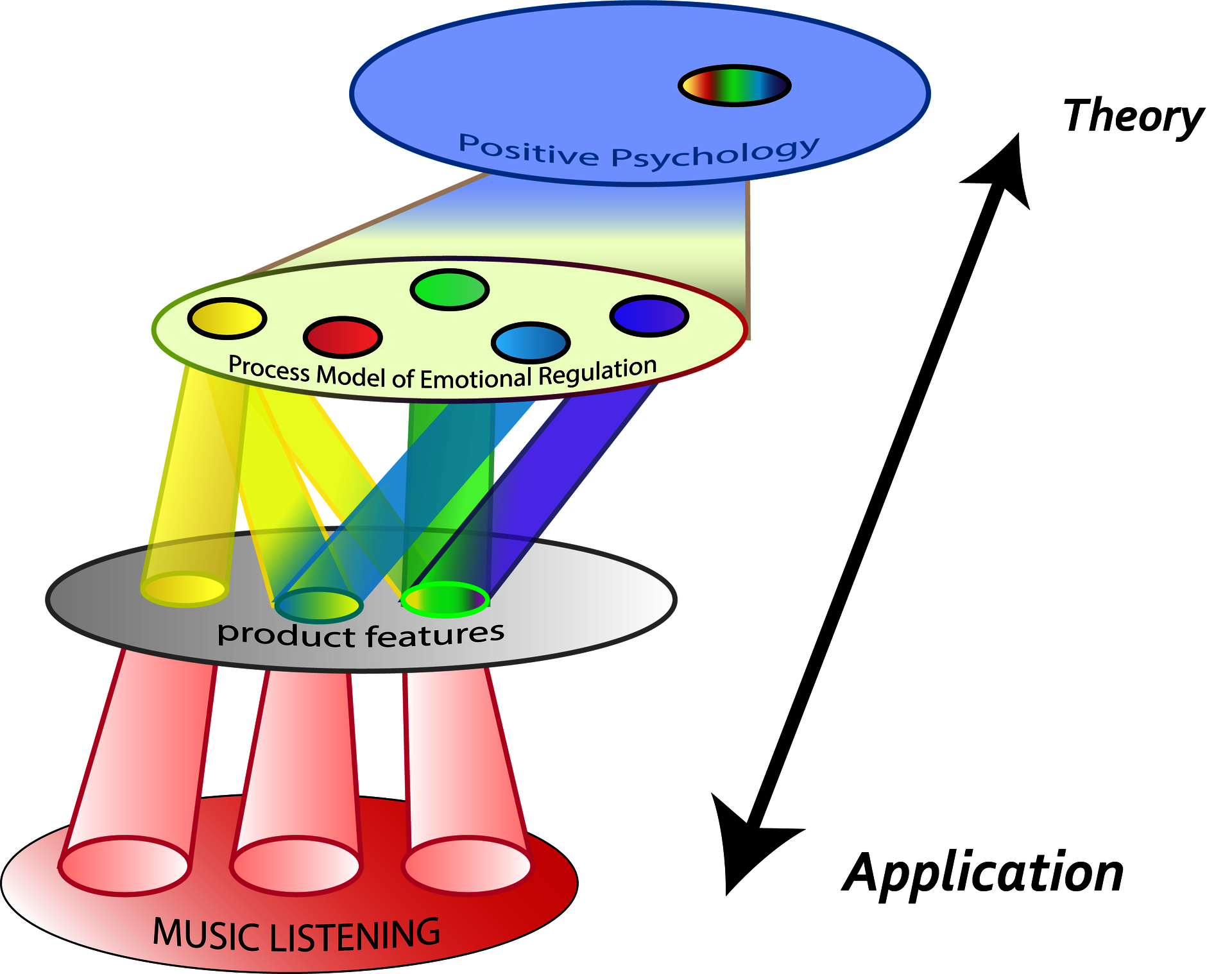
If diagrams/mental models don't mean much to you, scroll past this!
But if you're interested, keep reading!
This diagram summarizes this investigation.
Each disc represents:
- a layer that nests in the one above it (eg emotional regulation within positive psychology)
- or a lens that informs what's below (eg emotional regulation strategies exposing product features)
Framing the investigation as spot-lights in the diagram also shows alternative opportunities:
- what other features can be synthesized?
- other models from psychology?
- other activities (cooking, drawing, dancing)?
1_ REACTION TILE
This feature transcribes the transient and intangible emotional response to music into an artifact, encouraging savoring the music as it unfolds.
Active listening is a scarce skill in the age of streaming platforms. Music can be replayed, skipped, paused, skimmed through with virtually no effort.
As with analog recording equipment, the fleeting emotional reactions of the eternal present leave an impression on the tile. It corners you into an increasingly thinner slice of time. Until you surrender your omnipotence as a music listener to the experiencing self.
you cannot edit or undo any inscription on the reaction tile.
Concerning positive psychology, one of the most impactful emotional regulation strategies is attentional deployment. After all, how can we regulate or come to terms with the things we cannot notice? Jon Kabat Zinn defines mindfulness as “the awareness that arises from paying attention, on purpose, in the present moment and non-judgmentally.”
2_MONOFILTER
This device filters the clarity of music for a specific duration and periodically reveals it.
The point is to give people control over how much they wish to tone down the salience of distractors to facilitate mono-tasking. If one spots a musical section that they enjoy or that piques their attention, they can temporarily turn off the filter by clicking the instant clarity button.
When listening to music while doing other things (reading, working, driving), we may spot attentional trade-offs. The two tasks compete for our attention. On the one hand, the background music is engaging, motivating, and regulates our mood. On the other, it can be distracting if it surfaces in the foreground, capturing our attention when needed elsewhere. Volume is, for the most part, our only control.
3_VIBELIST
Vibelist is an augmented playlist that allows capturing context.
At the user's discretion, the device documents and curates the mnemonic web of positive music listening experiences.
If you sense a distinct vibe, you can take a vibe-shot and choose which elements you want to commemorate and which are not relevant.
The “Vibe shot” can capture data on:
- the external environment (weather, location, date)
- a self-reported feeling (check out Yale's Mood Meter),
- a text entry,
- a photo entry,
- a link to share with others (QR code)
This feature has two sides:
The ability to take a “vibe-shot” (capturing the context of an experience in the present), and The ability to personalize and customize it after the fact.
Music is a reliable scaffold for memories, different places, times, people, experiences, events, and stories. We already outsource memory and process experience through writing journals, checklists, calendars, voice notes, photographs, and talking to others.
Image
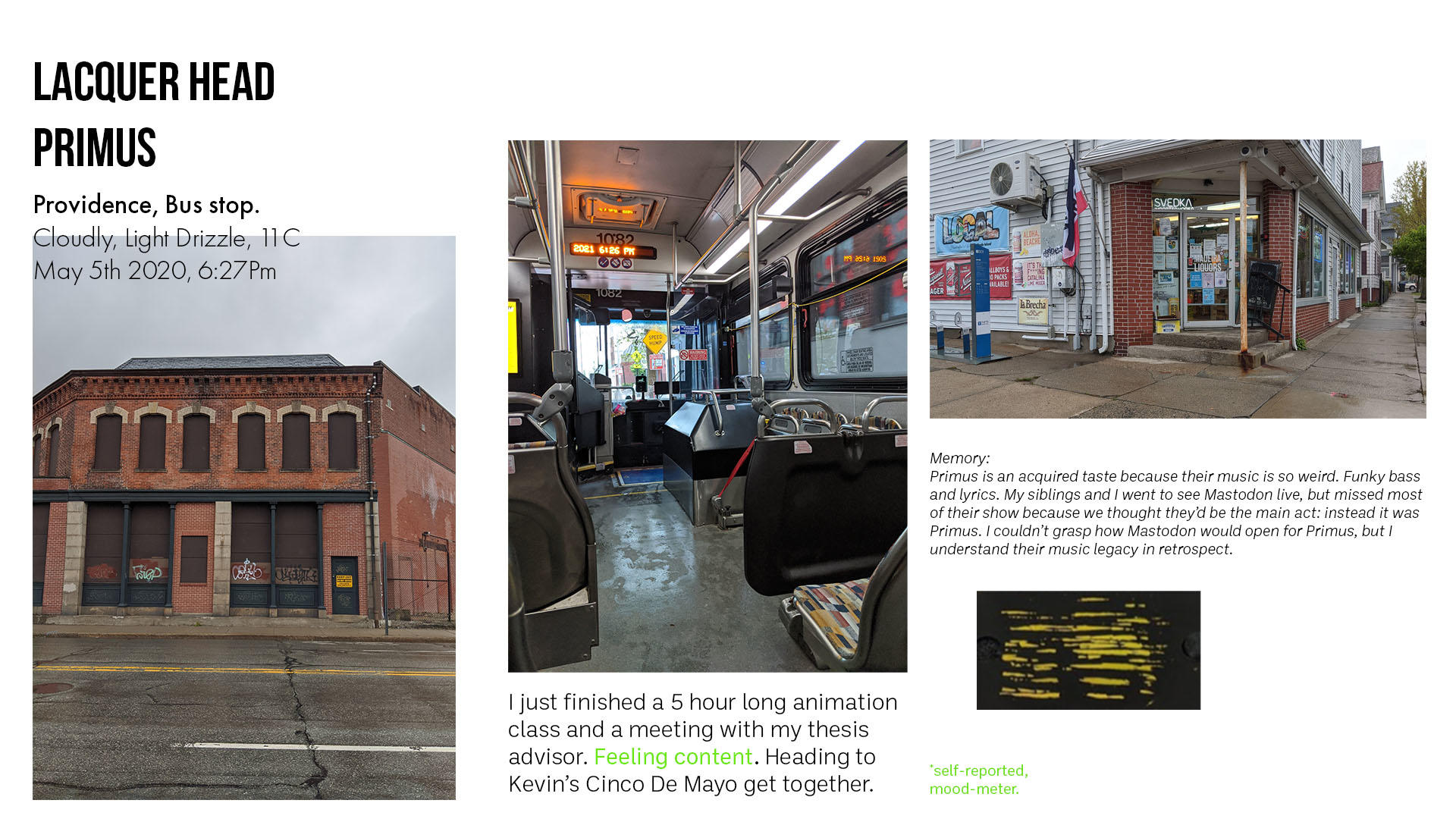
Image

Music is a very fitting activity to integrate these strategies to.
As a universally practiced and appreciated form of expression and recording, music reaches into most of the things that make us human. We use music in significant social events, rituals, meetings, work. It makes people feel synchronized and connected. On an individual level, it engages our emotions and cognition, embedding itself in memories, moderating emotions and calmness, and stimulating us mentally.
Although I chose music listening as the common thread, there are opportunities to apply the same features to other pleasurable activities:
drawing, cooking, hiking, sports, reading, the list goes on...
The Process Model of Emotional Regulation
(James Gross, 1998)
Why Emotions?
Although they unfold over short time-frames, emotions position us to pursue long-term meaningful goals (eudaimonic values). Emotions play an influential role in marking important memories, motivating thoughts, actions and behavior. A person experiencing positive emotions is friendlier, more cooperative, creative, willing to try new and diverse activities, physically and mentally healthier and forms lasting social bonds (Quoidbach et Al. 2015).
Attentional Deployment
The strategy that involves directing attention towards or away from stimuli of emotional weight.
The experiencing self: Presence, Savoring the moment, Mindfulness
Cognitive Change
Strategy involving the emotional re-appraisal of events
(eg “this isn’t/wasn’t so bad” or “it will be great”)
The narrative self, remembering self: Outlook on past and future
Daydreaming, Reminiscing, Interfaces with constructs of memory
Response Modulation
Expressing emotion as they arise (to boost the positive or suppress the negative)
(eg smiling, laughing, but also inhibiting expression of negative emotions)
Situation Modification
Changing or controlling elements of our surrounding to that makes us feel better or worse
(eg tidying up, creating some distance between oureslves and others, skipping an emotion illiciting part of a movie or video.)
Situation Selection
Choosing to be somewhere, do something to seek positive emotion or avoid negative ones. eg taking a walk in a park, going out or staying in for dinner.
Here's an explanation in story form:
Imagine a couple deciding to go out to eat because they know they will squabble if they try to cook together again. This is situation selection.
They get seated by the waiter but the table is dimly lit and next to a family with a crying baby.
They move to a well-lit table that is far enough to make the baby's cries feel less alarming. This is situation modification.
After ordering food they express how much they genuinely enjoy each other's company (outside the kitchen). This is response modulation.
When the food gets there, the baby is still crying but they pay little attention to that and focus instead on the food - taste, smell and appearance - and how they feel about the entire experience in that moment. This is attentional deployment.
When the meal is done, they tell each other how great the food was, and that the baby crying wasn't so bad. They both know neither of those statements are objectively true, but they're modifying the impression this experience will leave in their memory: this is cognitive change in action.
The Diagrams below illustrate how the device is used (from left to right)
They are also color coded for the emotional regulation strategies they encourage or facilitate.
The case for a comprehensive music-listening device
There are advantages to creating a device that combines multiple features that can both work independently, or in combination.
For some, attentional deployment comes easy. For others, documenting their experiences is a habit.
An effective design for prompting or augmenting emotional regulation would encourage people to employ a variety of strategies. It can prop up the ones we are not too good at while providing a chance to hone the ones we prefer. After all, the best outcome is supporting people in building a broad repertoire of emotional regulation strategies for psychological well-being.
Image
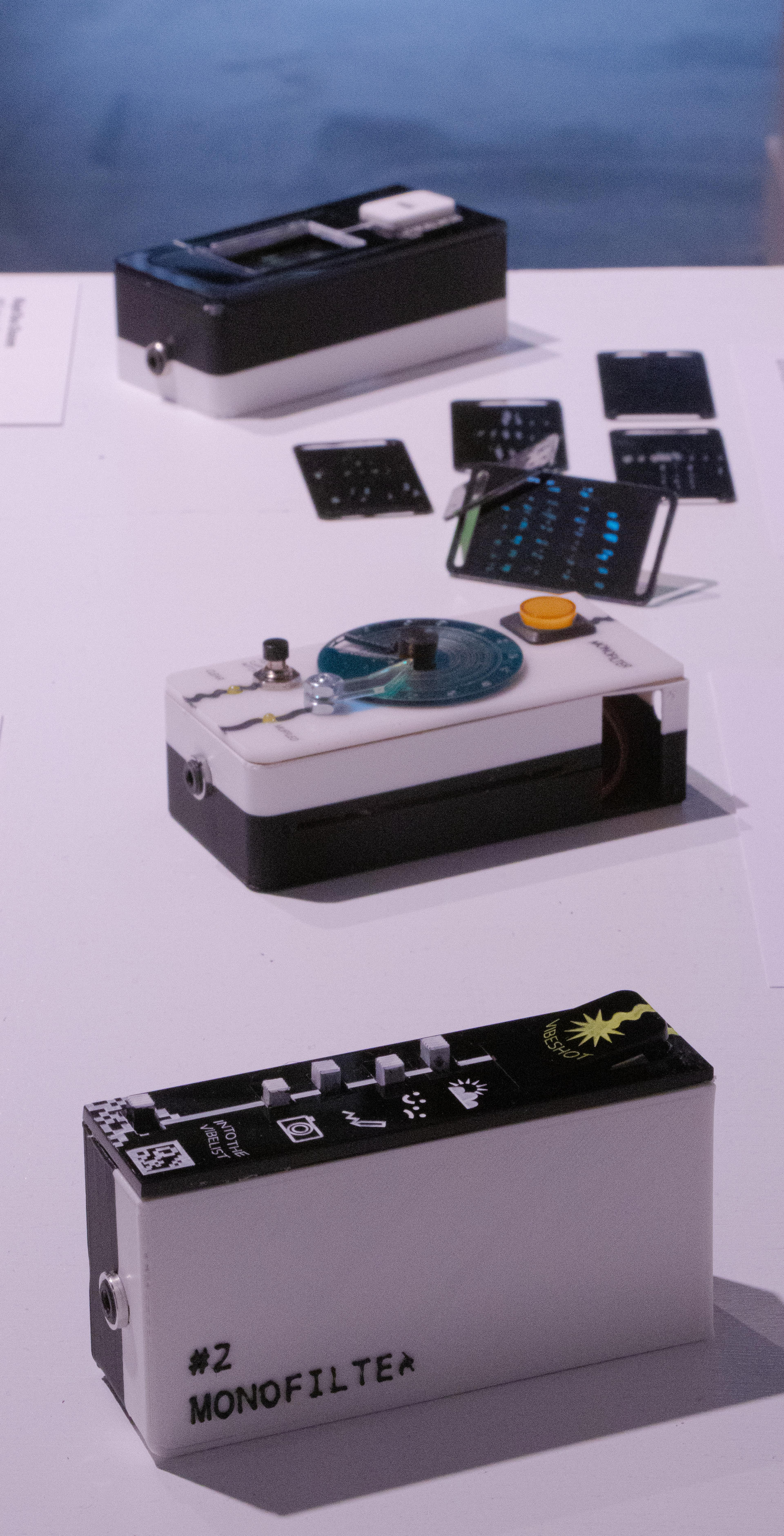
Image
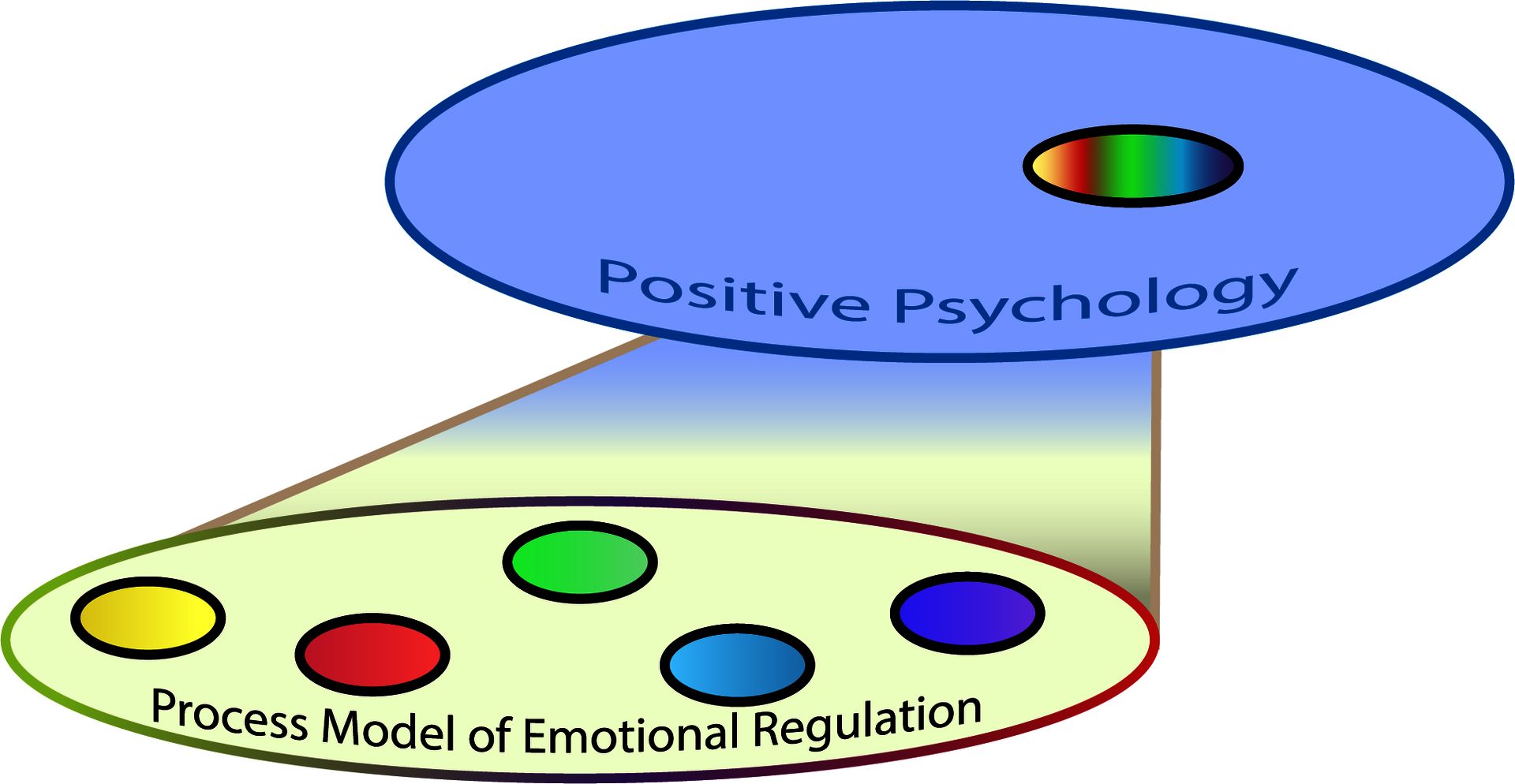
Positive psychology is the sub-field of psychology that concerns itself with the things that make life worth living ~ positive feelings, thoughts and behaviors. These models and studies offer designers starting points for experimenting with and describing the ways outcomes support people’s psychological wellbeing.
Positive psychology interventions (PPIs) describe methods or activities that aim to promote positive results that aim to promote positive feelings, behaviors, or cognitions for long-term wellbeing.
Nonetheless, traditional PPIs do not integrate too well into people’s existing habits, lifestyles, and personal contexts.
Traditional psychology interventions do not consider too carefully how to solve the problem of people not being consistent. Their methods seem prescriptive and imposed; users do not feel motivated to stay engaged because they do not feel like participants, rather homework solvers like keeping a journal or following worksheets.
Design’s multidisciplinary nature can bring innovations that overcome the limitations of traditional PPI’s (Desmet et Al, 2016). It can make positive psychology interventions more accessible, convenient, personal and contextually relevant. These changes solve some of the challenges and disadvantages of traditional PPI, such as drop-offs in motivation. Additionally, making something more personally relevant by fitting it into someone’s lifestyle or routine also makes it more convenient since it reduces the perceived effort needed to re-engage with the activity. Self-help books, for example, tend to be helpful for people who already like reading.
Image

ANNONTATED BIBILOGRAPHY
-
Desmet, P. M. A., & Sääksjärvi, M. C. (2016). Form matters: Design creativity in positive psychological interventions. Psychology of Well-Being, 6(1), 1–17.
-
Gross, J. J. (1998a). The emerging field of emotion regulation: an integrative review. Review of General Psychology, 2(3), 271-99.
-
Kahneman, Daniel. “The Riddle of Experience vs. Memory | Daniel Kahneman.” YouTube, TEDTalks, 1 Mar. 2010, www.youtube.com/watch?v=XgRlrBl-7Yg.
-
Quoidbach, J., Mikolajczak, M., & Gross, J. J. (2015). Positive interventions: An emotion regulation perspective. Psychological Bulletin, 141(3), 655–693. https://doi.org/10.1037/a0038648
-
Schueller, S. M. (2014). Behavioral intervention technologies for positive psychology: Introduction to the special issue. Journal of Positive Psychology, 9(6), 475–476.
Special Thanks
- To my advisors Soojung Ham, Jay Yoon and Fletcher Bach,
and to Charlie Cannon, Beth Mosher, Elizabeth Leeper, Emily Cornell Du Houx, Nora Khan, Bassam Kurdaili for helping me stretch my capacity in researching and producing this thesis.
Friends, family and classmates ~ thank you for helping with feedback, prototyping, filming and general support :)

